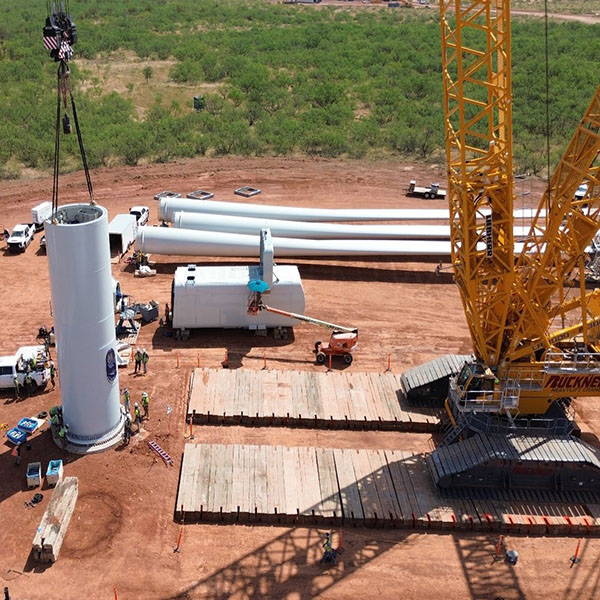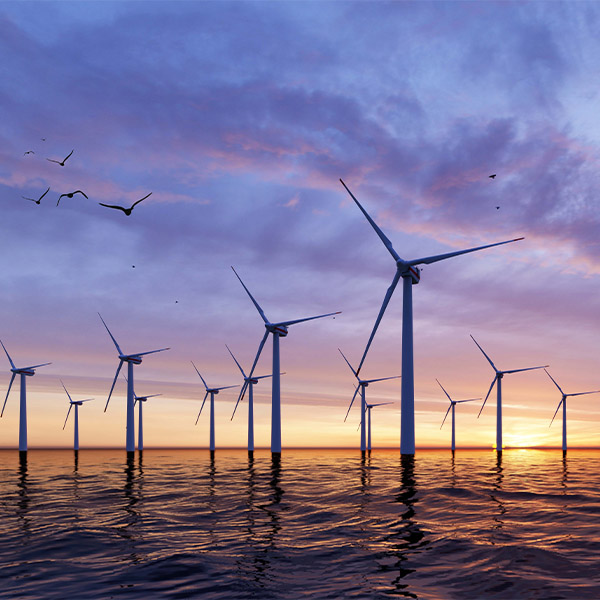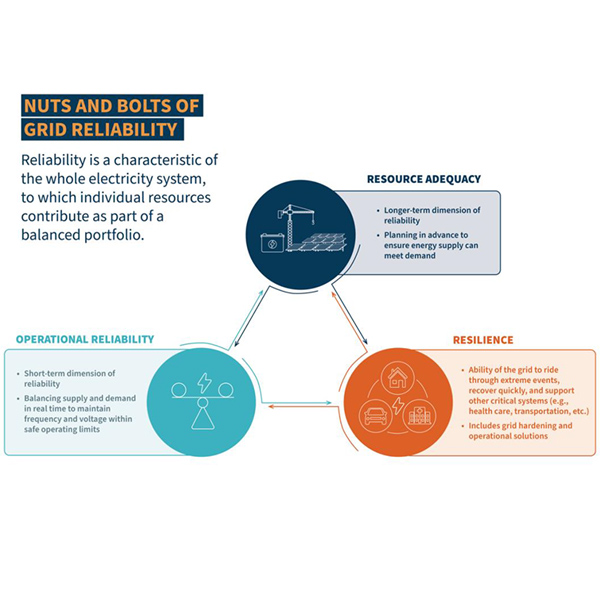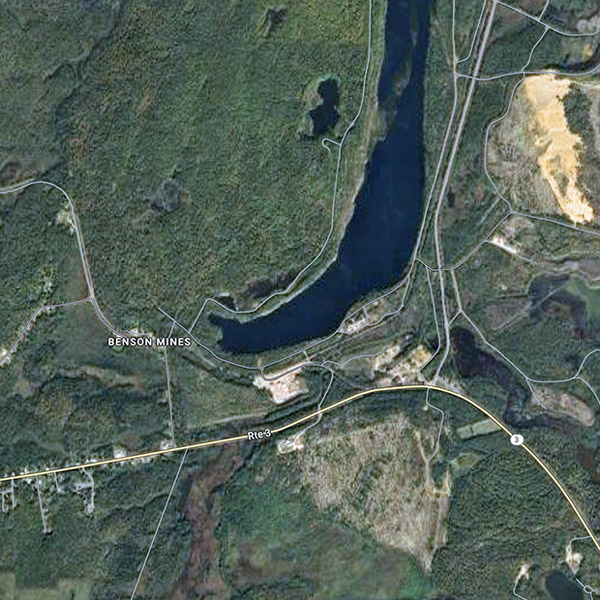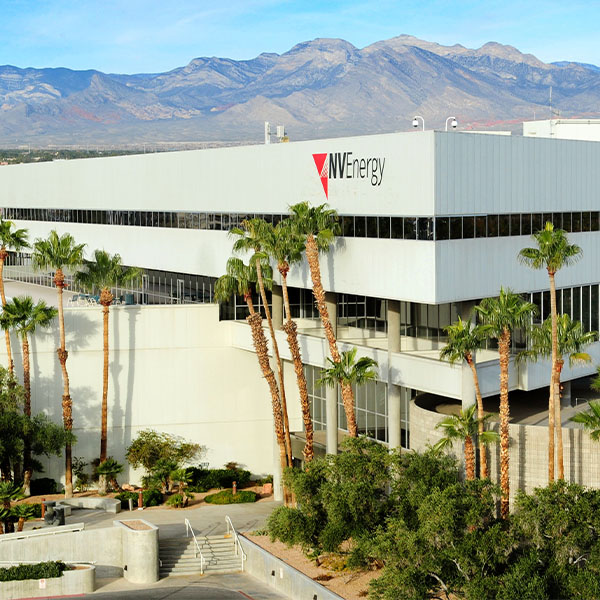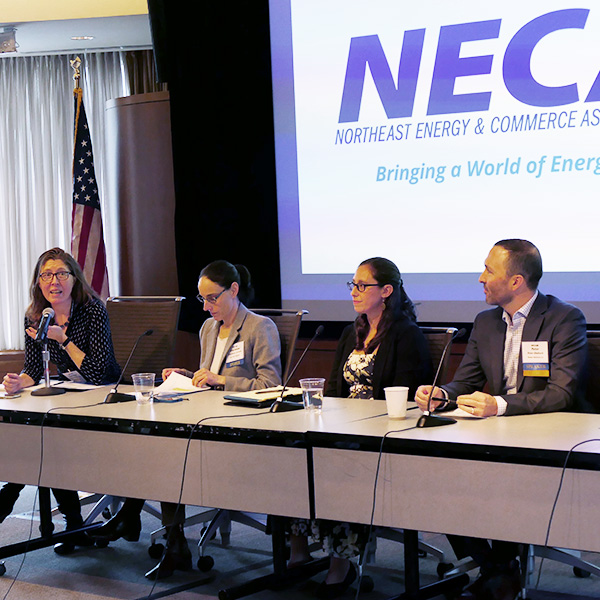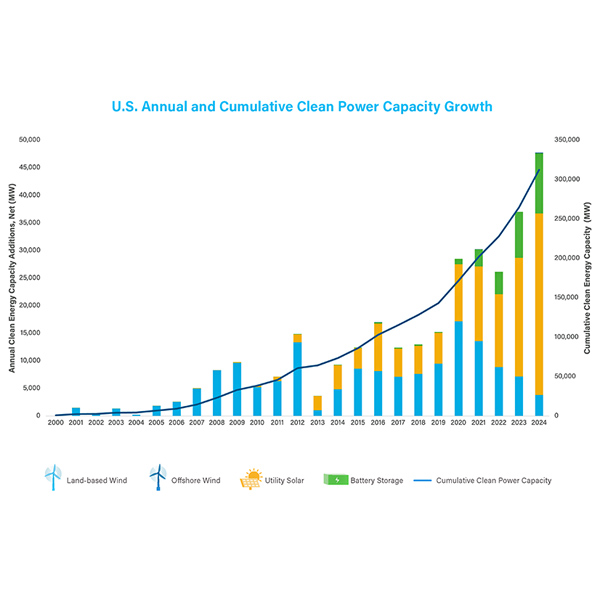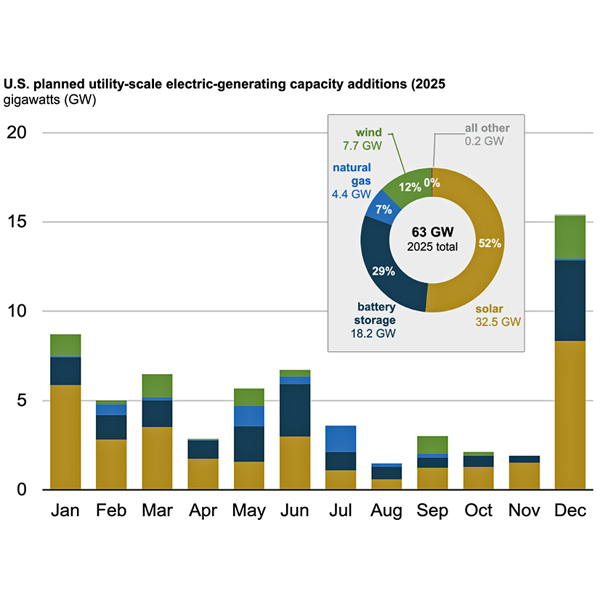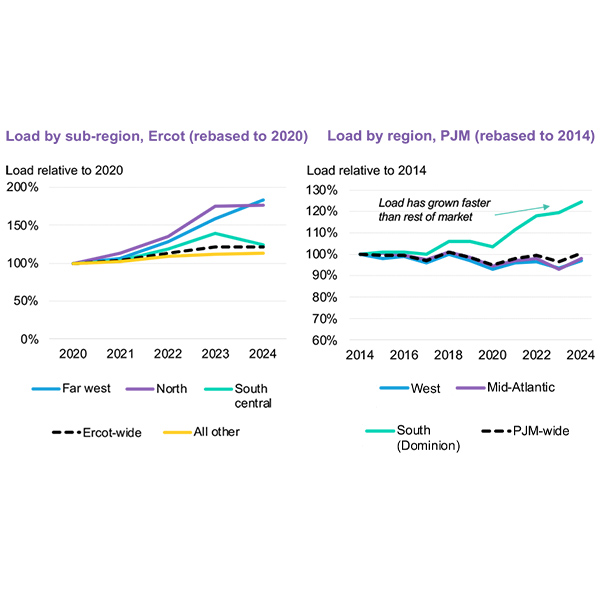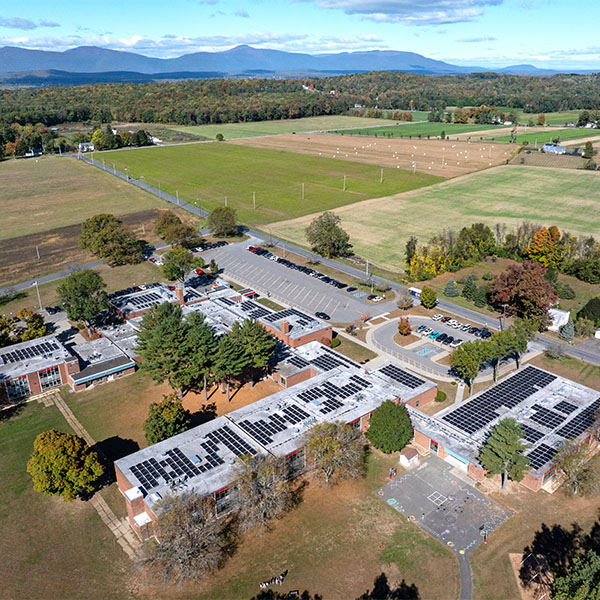Utility scale solar
RWE, which put a two-year pause on its U.S. offshore wind development efforts days after President Trump was re-elected, now is setting a higher bar for other renewables in the U.S. market.
New Jersey’s Board of Public Utilities backed measures to keep on track one of its three remaining offshore wind projects and retool a large-scale solar incentive program.
The current debate in the U.S. electricity sector pitting efforts to increase renewables against the need for grid reliability in the face of growing demand could be unnecessary and counterproductive, according to one expert.
A former iron mine tailings pile is the first site auctioned in New York’s Build-Ready program for large-scale renewables.
Nevada regulators have approved NV Energy’s clean transition tariff, a framework developed in partnership with Google that will allow the utility’s existing large-load customers to receive power from new clean energy resources.
Uncertainty around federal funding, permitting approvals and tariffs is creating major challenges for clean energy development in the Northeast, industry representatives said at NECA’s annual Renewable Energy Conference.
A record 49 GW of clean energy generation came online in 2024 in the U.S., nearly 33% more than in 2023, the American Clean Power Association reported.
The U.S. Energy Information Administration projects 2025 additions of 32.5 GW of solar, 18.2 GW of storage, 7.7 GW of wind, 4.4 GW of gas and 0.2 GW of all other forms of generation.
The 13th edition of the BCSE Factbook comes, as always, packed with charts, figures and industry insights, many of which stand in sharp contrast to President Donald Trump’s focus on fossil fuels and U.S. energy dominance.
NYPA said it is pursuing 37 solar and storage projects totaling 3 GW of nameplate capacity, most of them in partnership with private-sector developers.
Want more? Advanced Search
